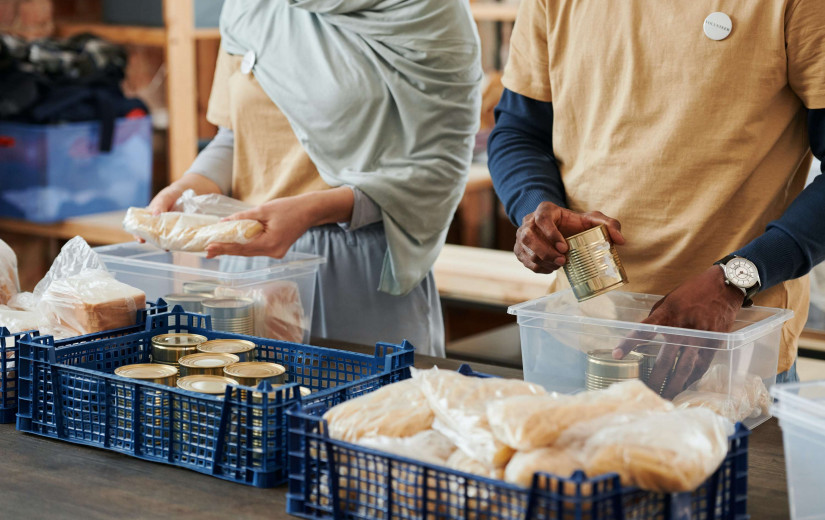The Power of SNAP: Discover the Lifeline to Better Nutrition
In a world where access to nutritious food can be a challenge for many, SNAP (Supplemental Nutrition Assistance Program) has become a lifeline for millions of Americans.
It aims to provide low-income individuals and families with the means to afford essential food items.
What is SNAP?
SNAP, short for the Supplemental Nutrition Assistance Program, is a government assistance program administered by the United States Department of Agriculture (USDA).Formerly known as the Food Stamp Program, SNAP aims to help low-income individuals and families afford nutritious food.
Eligible beneficiaries receive electronic benefit transfer (EBT) cards.
These can be used to purchase food items at authorized retailers such as grocery stores, farmers markets, and co-op food programs.
Eligibility and Application Process
To qualify for SNAP benefits, individuals and families must meet specific eligibility criteria.These criteria vary by state but generally consider factors such as:
- income
- assets
- household size
- citizenship status
The application process involves:
- submitting an application form
- providing relevant documentation (such as proof of income and identification)
- participating in an interview
Note that SNAP benefits are not considered taxable income and do not impact eligibility for other assistance programs like Medicaid or TANF.
The application process strives to be accessible and straightforward, aiming to provide much-needed support to those who qualify.
The Benefits of SNAP
i) Improved Food SecurityBy providing financial support for food purchases, SNAP ensures that individuals and families have access to an adequate and nutritious diet.
This reduces the likelihood of hunger and malnutrition, contributing to improved overall health and well-being.
ii) Promoting Health
SNAP encourages the consumption of healthy food choices.
Beneficiaries are allowed to use their benefits to purchase a wide range of nutritious items. This includes:
- fresh fruits and vegetables
- whole grains
- lean proteins
- dairy products
- seeds and plants for growing food at home
- obesity
- diabetes
- cardiovascular conditions
SNAP also supports local economies.
The program injects funds directly into the retail sector, stimulating business activity and creating jobs.
According to studies, every $1 increase in SNAP benefits generates about $1.50 to $1.80 in economic activity.
This benefits both recipients and their communities.
iv) Nutrition Education:
SNAP also offers nutrition education programs.
These programs aim to empower beneficiaries with knowledge about:
- healthy eating
- meal planning
- budgeting
- cooking skills
Recent Enhancements and Initiatives
Over the years, SNAP has evolved to adapt to changing needs and address emerging challenges. Some recent enhancements and initiatives include:i) Online Purchasing
In response to the COVID-19 pandemic, SNAP expanded its online purchasing capabilities.
This allowed beneficiaries to safely order groceries from authorized retailers for home delivery or curbside pickup, providing convenience and accessibility.
ii) Healthy Incentives Programs (HIP)
Several states have implemented HIP, which provides additional benefits to SNAP recipients who purchase fruits and vegetables.
This innovative approach encourages healthier food choices while supporting local agriculture.
iii) SNAP-Ed
SNAP-Ed (Supplemental Nutrition Assistance Program Education) is a comprehensive nutrition education and obesity prevention program.
It focuses on teaching low-income individuals and families how to make healthy food choices on a limited budget.
SNAP-Ed programs are available in various settings, including schools, community centers, and healthcare facilities.
By providing financial assistance, offering nutrition education, and encouraging healthy eating habits, SNAP empowers individuals and families to make positive changes in their lives.
As we move forward, it is essential to continue advocating for and strengthening programs like SNAP so that no one has to face the challenge of food insecurity alone.
Together, we can unlock the power of SNAP and pave the way for a healthier, more equitable future for all.

















